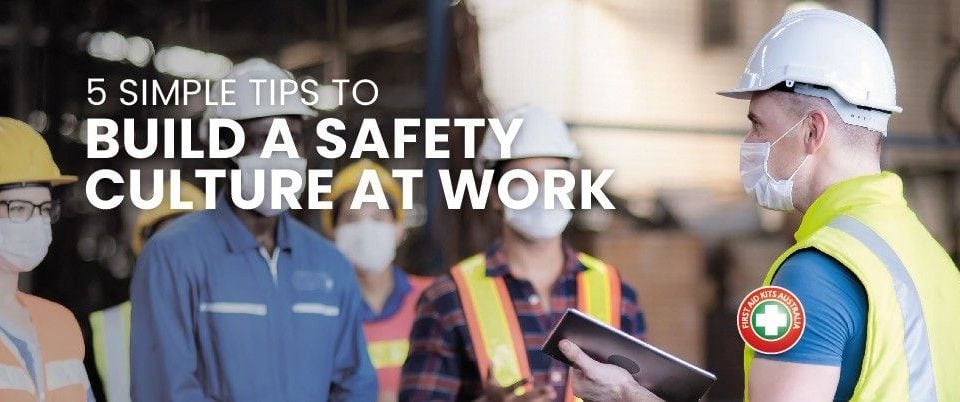
Automatic External Defibrillators: a powerful tool to save lives
7 March 2024
7 Quick Tips for an Outdoor Adventure
31 March 2024Essential First Aid Tips for Managing Head Injuries
Head injuries, whether minor bumps or serious traumas, can be alarming and require immediate attention. Understanding the basics of first aid for head injuries is crucial to effectively manage these situations and prevent further harm. This blog post provides essential tips and guidance to help you confidently handle head injuries. Also, knowing what to do and what you will need can really help, so let’s make sure you’re prepared with the right first aid gear.
Recognize the Signs of a Head Injury
First and foremost, it’s important to recognize the signs of a head injury. Symptoms can range from mild to severe and include:
- Visible wounds or bleeding on the head or face
- Confusion or disorientation
- Loss of consciousness, even briefly
- Headache
- Nausea or vomiting
- Dizziness or loss of balance
- Blurred vision or memory loss
Immediate Steps to Take
- 🛡️ – Ensure Safety: Before approaching the injured person, make sure the scene is safe for both of you. Avoid moving them unless necessary to prevent further injury.
- 🗣️ – Assess Responsiveness: Gently ask the person simple questions to assess their level of consciousness and responsiveness. If they are not responsive or their condition seems severe, call emergency services immediately.
- 🩹 – Control Bleeding: If there is bleeding, apply gentle pressure to the wound with a clean cloth or bandage. Do not apply pressure to the wound if you suspect a skull fracture.
- 👀 – Monitor Symptoms: Keep a close eye on the person’s symptoms and behavior. Changes in their condition can offer vital clues about the severity of their injury.
- ⛑️ – Avoid Removing Helmets or Headgear: If the person is wearing a helmet or any form of headgear, leave it in place. Removing it could potentially worsen their injuries.
Recognizing Severe Head Injuries
Some head injuries are more severe, with signs like throwing up a lot, a bad headache that won’t go away, acting confused, passing out, having different-sized pupils, problems with seeing or talking, feeling off-balance, or not remembering things. If you see these signs, call for an ambulance right away.
Preventing Further Injury
While waiting for medical help or after providing initial first aid, it’s crucial to prevent further injury:
- Keep the person still and comfortable. Avoid unnecessary movement, especially of the head or neck.
- If they are conscious, encourage them to remain as still as possible.
- Do not give them anything to eat or drink, as this could complicate potential surgical procedures or cause choking if they become unresponsive.
Handling head injuries with care and knowledge can significantly impact the outcome for the injured person. By following these essential first aid tips, you can provide effective support in these critical moments. Remember, when in doubt, always seek professional medical assistance to ensure the safety and well-being of both you and the injured individual. Stay informed, stay prepared, and you can make a difference in an emergency.
Be Ready with the Right Supplies
Having the right first aid kit is key. Our kits and supplies, including defibrillators, have everything you need to help with head injuries and other emergencies.
- First Aid Kits: These have all the basics like bandages and gloves to take care of small injuries and stop bleeding.
- Extra Supplies: For tougher situations, we’ve got things like emergency blankets and CPR masks.
- Defibrillators: If a head injury causes a heart problem, using a defibrillator can be a lifesaver.
Conclusion
Handling head injuries with care and knowledge can significantly impact the outcome for the injured person. By following these essential first aid tips, you can provide effective support in these critical moments.
Remember, when in doubt, always seek professional medical assistance to ensure the safety and well-being of both you and the injured individual. Stay informed, stay prepared, and you can make a difference in an emergency.
Check out our online store for all the first aid kits, supplies, and defibrillators you might need. Let’s all be ready to help out in case of emergencies.
For more First Aid Tips, visit us at https://www.fluidfirstaid.com.au/blog/
Book your next First Aid Course with us at: https://www.fluidfirstaid.com.au/courses/





